In our quest to find the best powertrain for your next SUV, we head to the peace and quiet of Uttarakhand in petrol, diesel, electric, and hybrid SUVs. So, here’s all the purchase-making ‘gyan’ that you need…
The last week of December is that time of the year when you finally get to escape from your claustrophobic cubicles and smog-choked cities to the nearest mountains or beaches. Fresh air, clear blue skies, pristine beaches, lush green mountains, toasty orange sunsets, and what have you. Nothing brings joy and peace to the mind like sitting in the lap of nature, right?
If you are a car enthusiast, adding a set of wheels to the mix makes the world look even prettier towards the end of the year. So, before bidding adieu to 2022, we decided to drive out of Delhi and head to the serene hills of Uttarakhand to get our usual December fix. But since this is a car mag, and we’re expected to do serious consumer advice from time to time, we decided to turn this leisure road trip into a road test and pitched four of the best-selling SUVs on the market – the Maruti Suzuki Grand Vitara, Volkswagen Taigun, Kia Seltos, and MG ZS EV – against each other. Why these four? The answer is right in front of you.
Why These Four Cars?
- VW Taigun (Petrol)
- MG ZS EV
- Maruti Suzuki Grand Vitara (Petrol Hybrid)
- Kia Seltos (Diesel)
The Taigun’s 1.5 TSI is everything that a modern petrol engine should be – punchy, refined, and efficient. It’s here because it’s easily the best petrol engine in the segment, and is truly one of the best powertrains available in mass-market SUVs.
Engine: 1,498cc / Four-Cylinder
Transmission: 6-Speed MT / Front-Wheel Drive
Power: 148bhp
Torque: 250Nm
Even though it’s pricey, the MG ZS EV falls in the same segment as others here, making it the obvious choice to represent electric cars in this test. Apart from flying the green flag, the ZS EV has a couple more tricks up its sleeve – which you’ll find out in the story.
Motor: Single PMS
Fuel: Electric
Transmission: Single-Speed
Power: 174bhp
Torque: 280Nm
The Grand Vitara Strong Hybrid is touted as the game-changer that’s here to democratise hybrid technology. On paper, it brings the best of the ICE and EV worlds and claims to be the perfect solution in the interim. But is it as good as it’s cracked up to be, or is it too little too late?
Engine: 1,490cc / Three-Cylinder
Motor: Single AC
Fuel: Petrol
Transmission: eCVT
Power: 114bhp (combined)
The Kia Seltos (along with the Hyundai Creta) is still soldiering on with a diesel engine in the BS6 era. And it isn’t on the market just for the heck of it – sales are still strong and there are still a lot of takers for diesel SUVs despite an uncertain future. What’s more, the Seltos diesel AT is one of the most well-rounded offerings in the market, and still makes a strong case for itself.
Engine: 1,493cc / Four-Cylinder
Transmission: 6-Speed AT / Front-Wheel Drive
Power: 113bhp
Torque: 250Nm
Also Read: Audi Q5 vs BMW X3 vs Lexus NX 350h vs Volvo XC40 Recharge: Comparison
Enthusiast’s Delight
For a petrolhead, the combination of VW’s taut chassis and 1.5 TSI firepower makes it inch-perfect for a drive to the mountains. And this is precisely why I picked its keys first before we left Delhi. I was in for a couple of surprises. Since this was a manual and not the DSG, it was supposed to be more engaging. However, while it’s fun to drive, VW’s manual tranny isn’t the slickest in the business – the gearbox has precise but slightly long throws, and the clutch action is a bit springy. The clutch pedal rests a little higher than you’d like it to, which makes it inconvenient and a bit of a killjoy. The gearing is also tall, especially 2nd and 3rd gears, and when it’s coupled with the turbo lag of the engine below 2,000rpm, you find yourself in a bit of a spot, especially when you’re driving uphill. What’s also worth mentioning is that the manual version is only available in the ‘GT’ trim – the top-spec ‘GT Plus’ is reserved for the DSG variant. So, you miss out on a lot of creature comforts.
Coming back to the topic of powertrains, the Taigun’s 1.5 TSI motor is a peach – it’s super refined and picks up the pace relentlessly when you’re on it. In a world that is rapidly moving towards electrification, this motor represents the last frontier for truly great petrol engines in the mass market segment. It’s also quite efficient, courtesy of the cylinder deactivation tech. Although driving it sedately can be a real challenge – in the hills, the Taigun returned a dismal 9km/l.
'In a world that’s rapidly moving towards electrification, the TSI is the last frontier for truly great petrol engines'
In terms of driving experience, the Taigun never disappoints. On the straight (albeit wavy and bumpy) highway to Rishikesh, the Taigun’s high-speed manners are simply exemplary. The steering offers great feedback – it progressively weighs up – and the car feels rock solid at triple-digit speeds. The handling is stellar – something that becomes evident as soon as you enter a twisty section of the road. Hustling the Taigun on hilly roads is a treat. VW may market it as an SUV, but I consider it a practical hot hatch for India. It’s that good, really!
What’s more, when an ignoramus biker or a cow jumps into the fast lane out of nowhere, the Taigun’s brakes break the momentum in a reassuring manner. The brake pedal has a linear and firm feel, which inspires confidence. And you tend to appreciate it even more when you jump into an electric car, which, in this case, was the MG.
Future-Proof
The ZS EV’s brakes are spongy and devoid of any feedback – a drawback of virtually all-electric cars these days. This becomes a major problem on highways, mainly because the ZS EV is a quick car. You see, whether you’ve petrol or diesel flowing in your veins, the instant acceleration of an EV will always make you laugh silly. It’s just addictive – and I’ve to say that, on this occasion, the MG’s drivetrain even made the TSI motor feel a bit too laggy and, dare I say, slow. Of course, the MG was the most powerful vehicle of the bunch, so it had a clear edge. All said, it’s a silent and unassuming assassin. Sure, the purists might complain about the lack of emotive noises from electric cars, but I find this argument a bit tedious and naïve for mass-market cars. Yes, you do miss the induction/exhaust noises of an ICE engine in an EV, but I believe this is only applicable to a car with a lumpy V8 or V10 engine. There’s hardly anything to get emotive about a thrummy 3-cylinder or a noisy diesel engine in your everyday family car. Personally, I rather prefer the drone and whoosh of an EV, along with its mind-numbing acceleration. Having said that, I’ll also admit that the raspy notes of the Taigun’s 1.5 TSI, especially at high revs, can still tickle the old-school nerves of any car enthusiast.
The MG’s main highlight, though, is how complete it feels as a vehicle. Be it the build quality, cabin space, creature comforts, gadgets, or general fit-and-finish, the ZS EV feels the most modern of all the contenders here in virtually every area. And even in terms of driving dynamics, it doesn’t have a half-baked gadget-on-wheels-like experience. The steering offers decent feedback and weighs up adequately. And when the going gets twisty, it doesn’t feel out of its depth either. The handling is precise and there’s a great sense of control as long as you don’t turn into a boy racer on mountain roads. You’ll also love the MG’s well-tuned regen modes. In its most aggressive setting – Level 3 – you can drive it with just ‘one pedal’ almost everywhere. It works even better in the hills, as it replicates traditional engine braking. That said, every time you lift off in regen 3 and 2 modes, it’ll flash the brake lights, which might make you look like a noob to cars following you.
'The instant acceleration of the ZS EV always makes you laugh silly...'
Where the MG, or other EVs for that matter, have to do a bit of a catch-up is in terms of ride quality. Because EVs are inherently heavy – the ZS EV is nearly 300kgs heavier than its petrol-powered counterpart – their suspension can’t do without higher spring rates (stiff), meaning the ride quality tends to be jittery over bad roads. Not just that, even on wavy highways, there’s a lot of vertical movement in the ZS EV, which is not very comforting.
And then there is the matter of range anxiety. If you’re travelling long distances – more than 250 to 300kms – you must plan your stop beforehand and hope and pray that the charger you’ve chosen en route is in working condition. Once that’s sorted, you need to pray even harder that the charger isn’t already occupied. And then, if things go to plan, be ready to spend a hefty sum on coffee or chai bills – you’ll need more than a few cups because charging an EV takes quite some time. Luckily for us, we managed to find a 50kW DC charger during our breakfast stop, and it juiced up the battery pack to a full 100% (from 66%) in just over an hour. That said, over the course of the entire trip, we managed to get a real-world range of around 320kms (claimed is 461kms) in mixed driving conditions (city + highway + hills).
The Game Changer
With Maruti (and Toyota) bringing the strong hybrid tech to mass-market SUVs, the Grand Vitara (and the HyRyder) should bridge the gap between the ICE- and EV age. Ideally, a strong hybrid brings the best of both worlds without any compromise. So, has Maruti (or Toyota) done this properly?
Also Read: Hyundai Venue vs Tata Nexon vs Maruti Suzuki Brezza – Comparison
First things first, I like the design, and you’ve got to say that the Grand Vitara is the most butch and most SUV-looking of this quartet. This is also apparent when you step inside the vehicle, as the driving position is a bit more upright and commanding than others on the list. The cabin is a nice place to be – it’s got a layered dual-tone dashboard with a padded upper section and everything is well put together. There’s no denying that it looks and feels quite premium, although it’s not as plush as the MG or Kia’s interior. You will notice hard plastics in the lower sections, while some of the equipment as well as buttons and controls are directly lifted from the Brezza. The top-spec variants are loaded to the gills, and the touchscreen is the most responsive of all the vehicles here. There’s a 360-degree camera on offer, but its resolution and quality aren’t anything to write home about. The front seats are comfortable and supportive, but people of generous proportions will find them to be narrow and not as accommodating as the seats of the others in this bunch.
When it comes to the driving experience, the Grand Vitara doesn’t disappoint, especially in regard to fuel efficiency and overall comfort. Thanks to the strong hybrid tech, which clubs together an electric motor and a 3-cylinder petrol engine, the Grand Vitara offers an effortless and fuss-free drive experience. As you take off gently, the system works only in EV mode, resulting in quiet and emissions-free driving. As long as you don’t mash the A-pedal to the floor, it won’t invite the petrol engine to the party. What’s more, even though the electric motor is rated at 79bhp / 141Nm, it’s got enough poke to do daily driving duties without making you feel that it’s underpowered or stressed. However, when you need more, the petrol engine seamlessly springs into action – it usually happens at around 35 – 40km/h. But since it’s a three-pot unit, the engine refinement isn’t the best, and there’s a sudden rise in NVH levels, which is a bit discomforting, especially after the noise-free EV drive. Similarly, the e-CVT transmission is a touch too vocal when you want instant power delivery for a quick highway overtake. That said, the electric motor assists and offers the needed torque-fill during such manoeuvres and masks the petrol engine’s weak spots. In fact, if you don’t rush things up, you’ll find it to be a tremendously refined powertrain – you can maintain a steady cruise of 100 – 120km/h effortlessly. The steering isn’t as communicative as it’s in other cars here, but it’s not as numb as holding a dead fish either. It’s precise and weighs up progressively as the speed rises. Around bends, the Vitara feels composed and despite the added weight of the motor and the battery pack, it turns and steers without feeling cumbersome. It’s no Taigun, but its handling is tidy. It’s also quite stable at high speeds, but it’s not in the same league as the Taigun or Seltos.
'Thanks to the strong hybrid tech, the Grand Vitara offers an effortless and fuss-free driving experience'
As for ride comfort, the Grand Vitara’s suspension trumps all with its supple and sturdy ride quality. Over bad roads, it glides over imperfections without sending tremors down your spine – which is something the MG does. In fact, I’d go on to say that it’s the best-riding SUV of the four contenders here.
Things that aren’t quite great? Well, the braking response is quite inconsistent and wooden – in the first 60% of the pedal travel, it feels like the braking system is still in deep slumber, and then it suddenly wakes up and slams into action. It takes time to get used to this for sure. However, the real deal-breaker is the compromised boot space of around 260 litres, which is thanks to the placement of the Li-ion battery pack. If you plan to go on a family road trip with this strong hybrid version, our suggestion would be to pack light.
Lump in Throat
Diesel engines may be on their way out, but they aren’t dead yet. And the Kia Seltos and Hyundai Creta are living examples of the fact that diesel cars are still very much in demand. Kia India recently told us that 45% of their customers still prefer diesel in this segment because of its good torque and high fuel efficiency. So, there’s still a clear case to be made for the devil’s fuel. The question is, does it make sense?
In the world of torquey turbo petrol engines, highly efficient strong hybrids, and rapidly accelerating EVs, you’ll have a hard time justifying a diesel unit. But if you’ve got an engine like the 1.5-litre oil burner of Kia / Hyundai, the task becomes a tad easier. It’s a phenomenal powertrain, especially when it’s mated to a six-speed automatic gearbox, which is oh-so-perfect with its seamless gear shifts.
When you’re behind the wheel of the Kia, there’s always a bootful of torque in reserve, waiting to be unleashed as and when you need it. The engine’s got punch throughout the rev range and is virtually lag-free in all driving conditions – be it the highway, daily city traffic, or steep hill climb, it’ll do everything without breaking a sweat. For a diesel engine, it’s supremely refined too. Though, in the context of this story, it’s obviously the noisiest. I also have to say that it feels quite coarse during cold starts.
'The Seltos has a bootful of torque in reserve, waiting to be unleashed as and when you need it'
That said, there’s nothing remotely outdated or downmarket about the Seltos in other areas. Even though it’s the oldest product here, it still somehow feels the most well-rounded and the most premium of the lot. It’s a handsome looker, especially in the GT Trim, while its cabin exudes the most upmarket feel. You’ve got all the bells and whistles in the cabin, and everything – from its floor mats to Bose Audio – makes the interior feel special and opulent. It’s also got the comfiest rear bench.
The Kia also strikes a near-perfect ride-and-handling balance. In terms of road-holding, it feels nearly as confident and planted as the Taigun, whereas the ride, even though it’s a bit firm at low speeds, is adequately absorbent. The steering is light to twirl at low speeds and while there’s not much in terms of real feedback, it weighs up linearly as you speed up. Even though it’s a heavy car, the Seltos diesel is surprisingly agile at hunting corners. It tracks the intended line through a corner rather effectively and feels confident and surefooted all the time.
Verdict
Even though BS6 diesel engines are cleaner than ever, the future for oil burners looks bleak. So, unless you want to put everything on the line and are ready to take a financial hit in the coming time, it’s now time to bid farewell to the diesel or the Kia Seltos in this case.
EVs might very well be the future, but putting your hard-earned money on one would be taking a giant leap of faith. While products like the MG ZS EV are complete in virtually all departments, there’s still a lot left to be done in terms of providing the required infra and support to get an average motorist into the EV ecosystem. Plus, the fact that nearly 75% of India’s power plants are coal-fired doesn’t paint a pretty picture for EVs either. Going electric, then, looks more like a grey area than green. And don’t get me started on their exorbitant pricing...
Sticking with the good ol’ petrol seems like the wisest and safest bet, which is how it is. However, with fuel prices soaring and petrol being the thirstiest powertrain of the bunch, you’ll feel the pinch in your pocket sooner or later. And, petrol cars like the Taigun aren’t exactly cheap either.
All of this brings us to the winner of this test – hybrids. Or, on this occasion, the Grand Vitara. This is not a half-hearted attempt. The strong hybrid technology kills two birdies with one shot. On the one hand, it reduces emissions and lowers your running costs substantially, while on the other hand, there’s no range anxiety or limited shelf-life to worry about. Sure, it’s not the perfect solution and has some limitations and compromises. However, in the current scheme of things, it’s the hybrid tech that’ll help you preserve the sanctity of your year-end holiday destination without sacrificing your comfort, convenience, and savings. And that’s why it’s worth giving a shot...



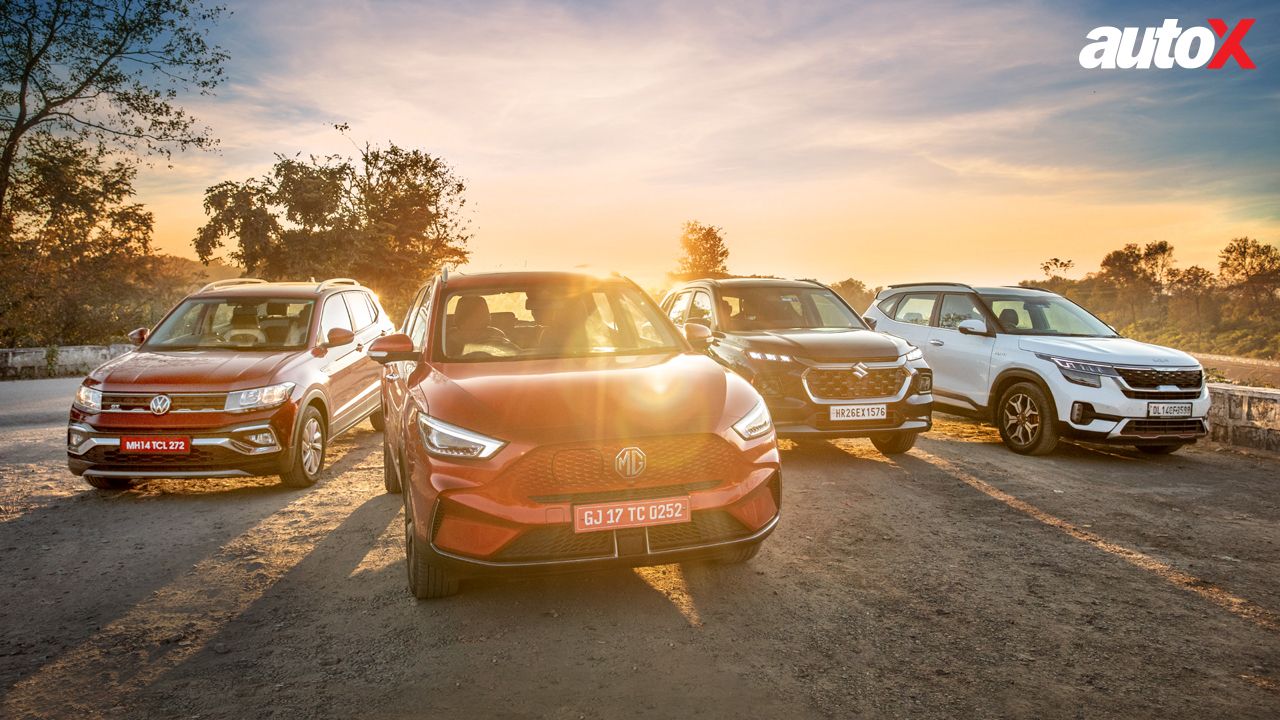

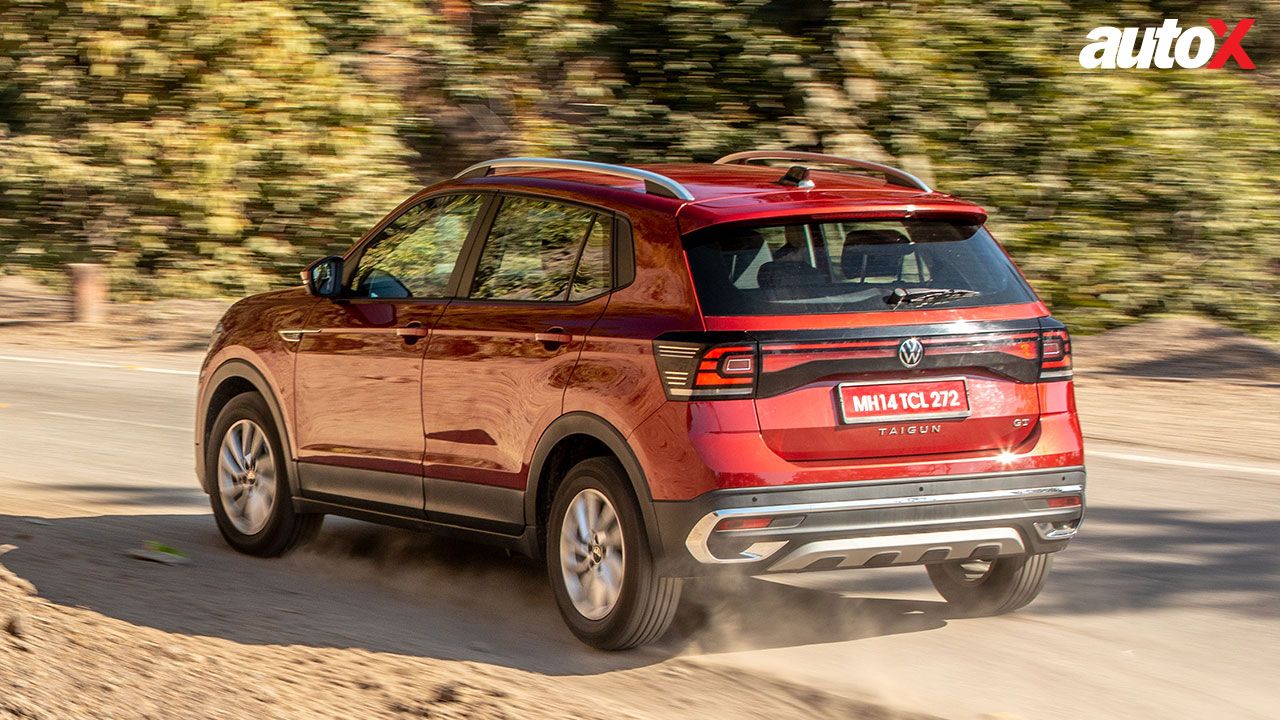
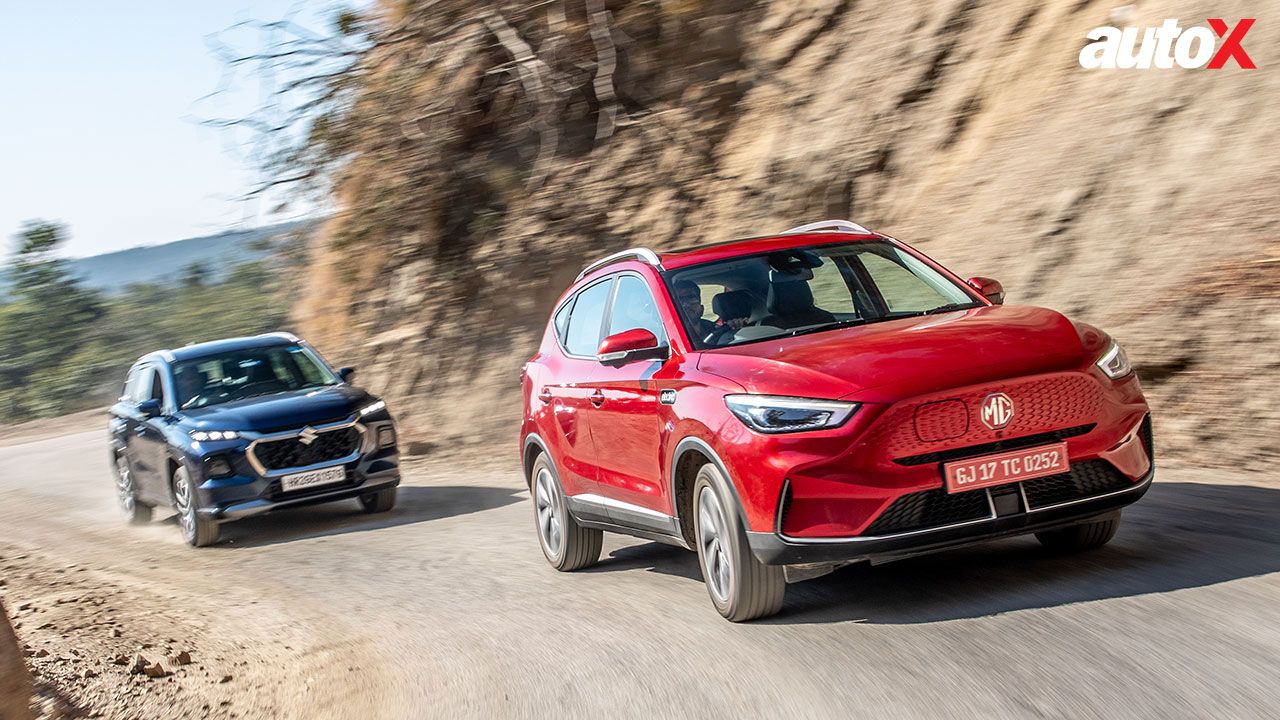
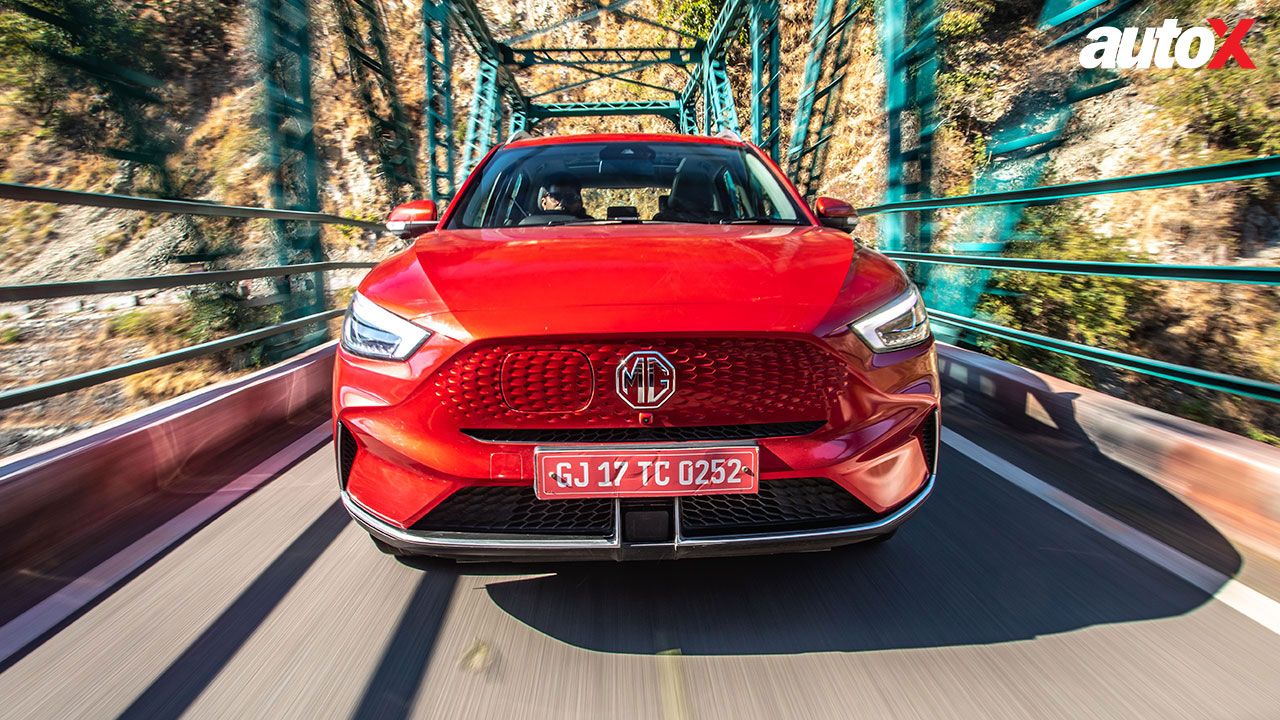
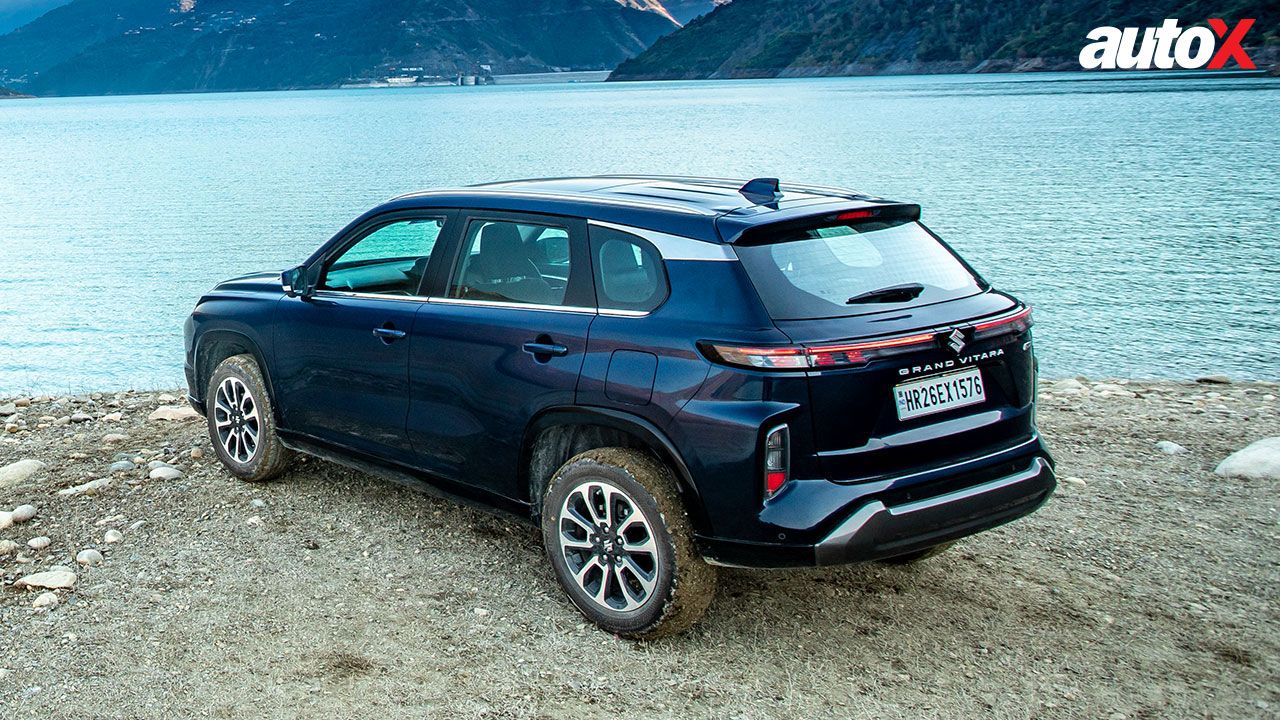
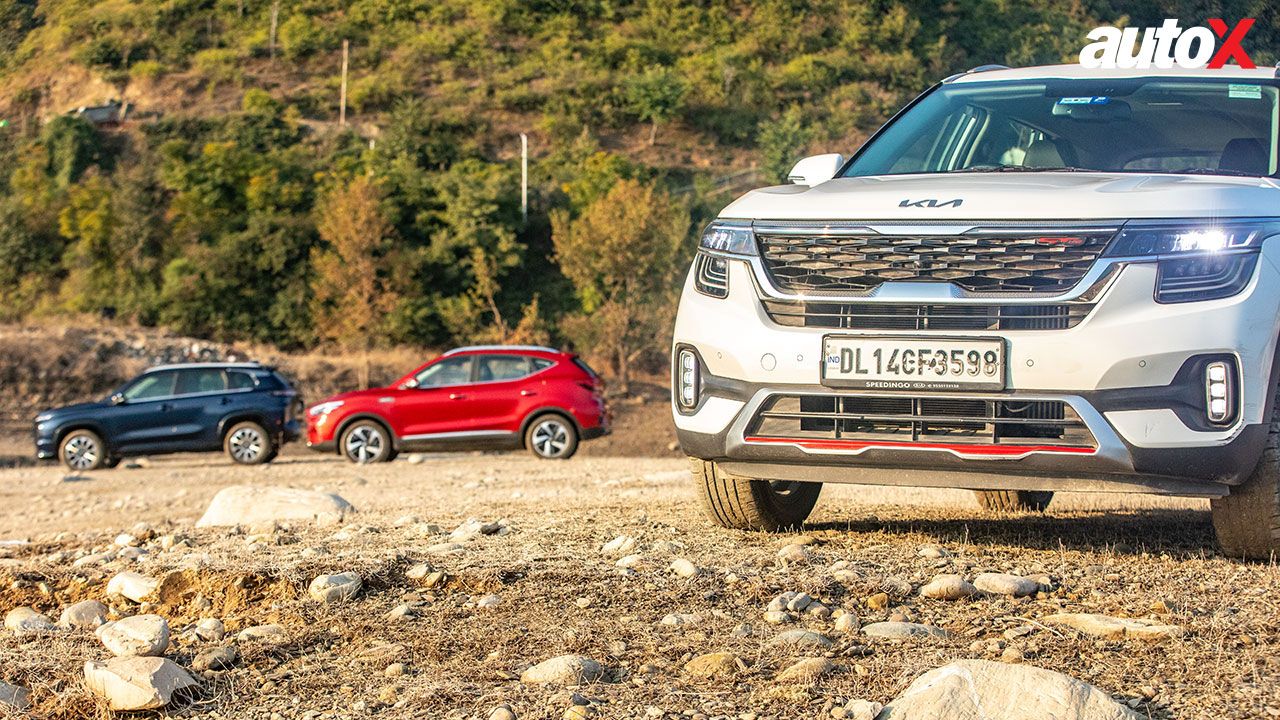
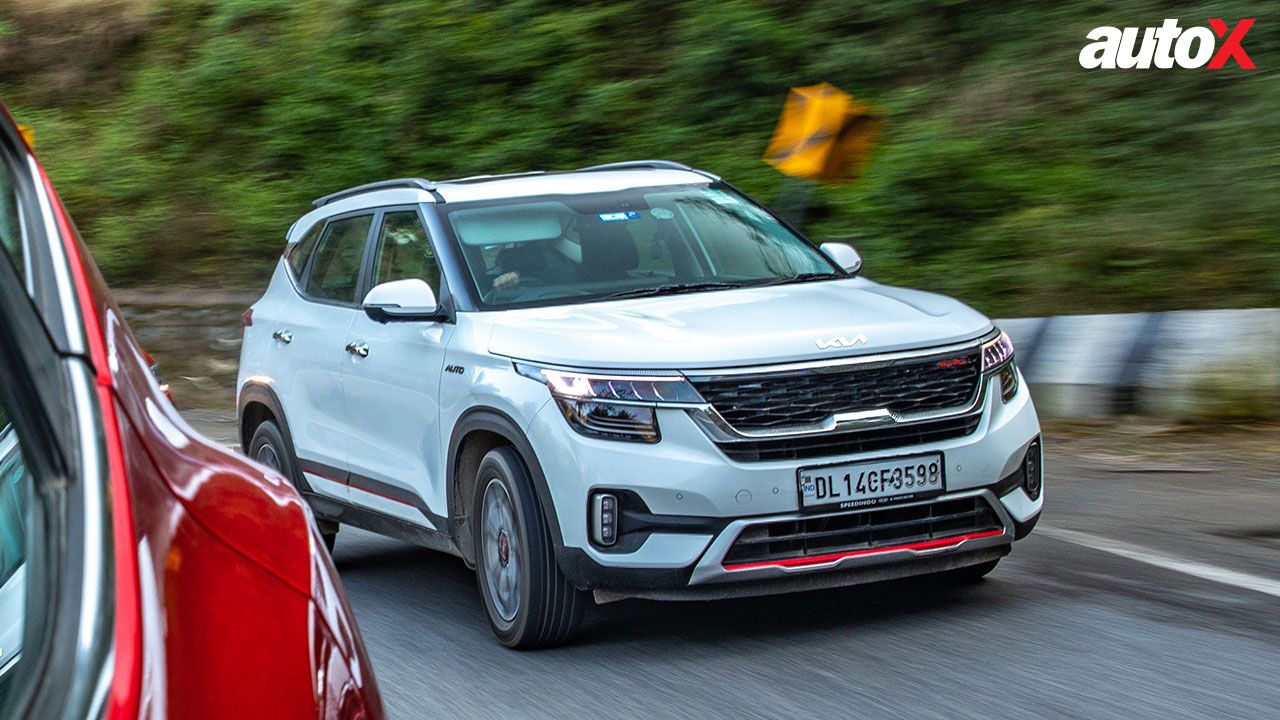
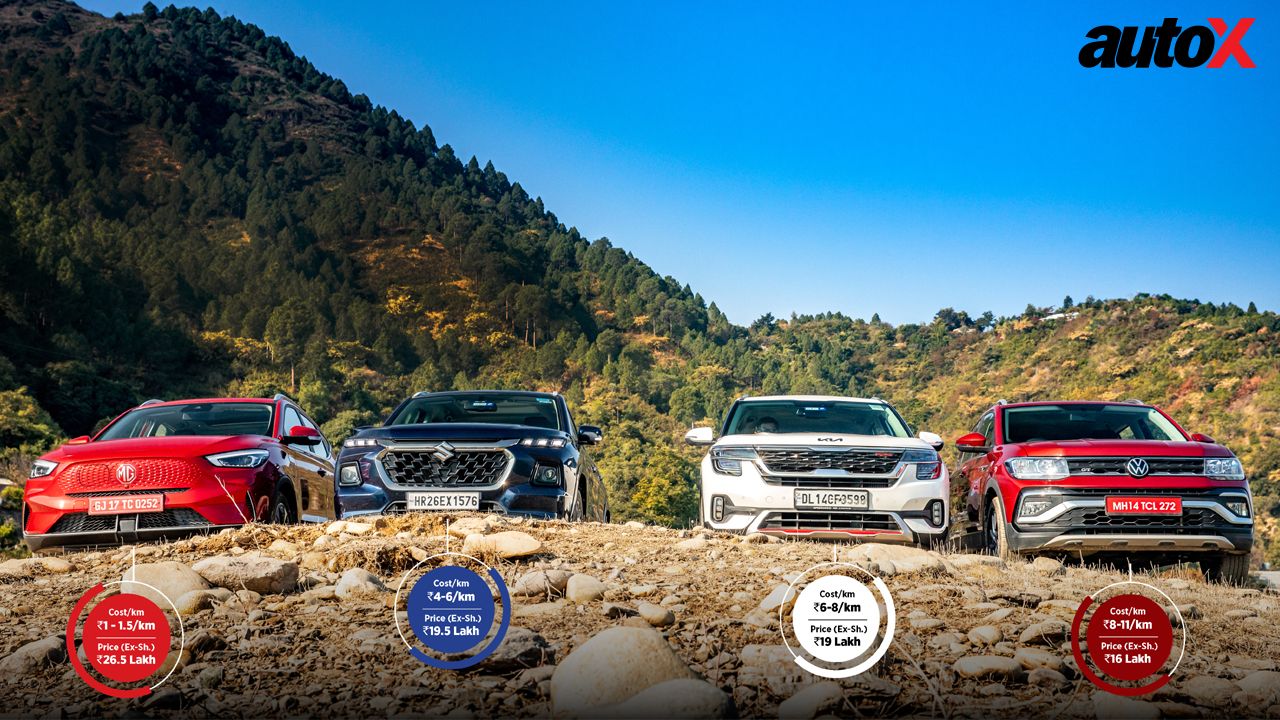





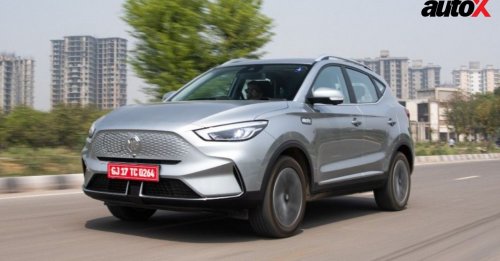















Write your Comment